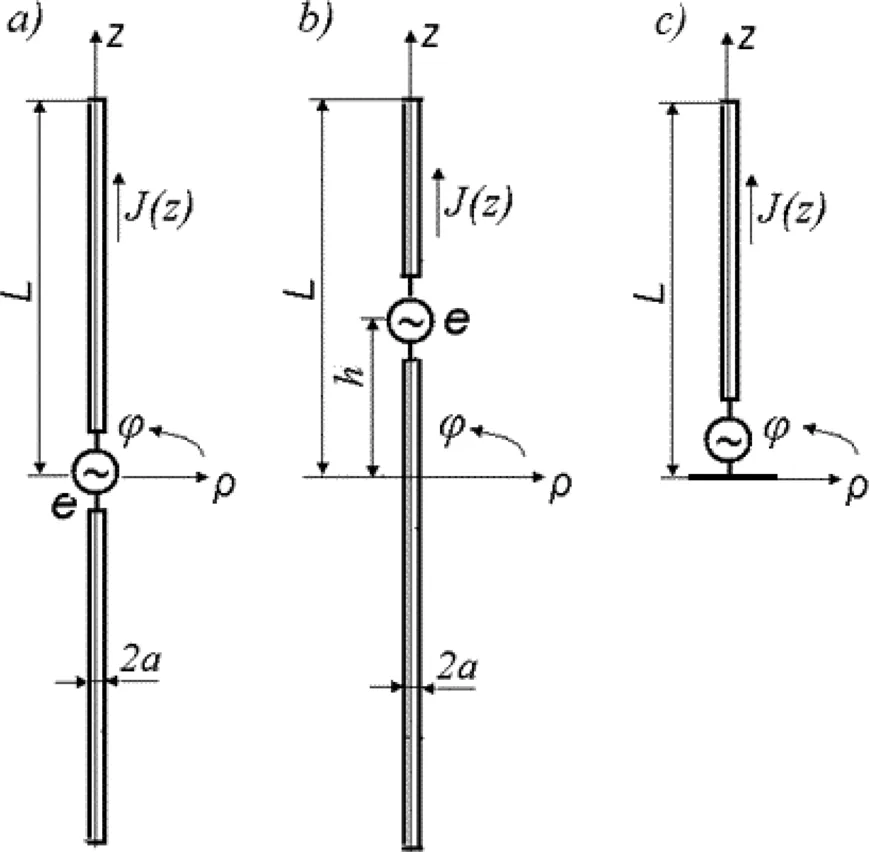
Antennas
Rigorous Methods of Analysis and Synthesis
Boris Levin
- 314 pagine
- English
- ePUB (disponibile sull'app)
- Disponibile su iOS e Android
Antennas
Rigorous Methods of Analysis and Synthesis
Boris Levin
Informazioni sul libro
The book comprises a new method of solving the integral equation of Leontovich, the most rigorous and most effective equation for the current in thin linear antennas. The book describes the features of the new method in its application in various types of antennas. It considers new ways of analyzing antennas, in particular in the calculation of an antenna gain based on main radiation patterns and the calculation of the directional characteristics of radiators with known distribution of current amplitude. The method of electrostatic analogy proposed by the author, provides the base for comparison of electromagnetic fields of high-frequency currents and electrostatic charges located on linear conductors to improve the directional characteristics of log-periodic and director-type antennas. A new approach to the analysis of the electrical characteristics of a microstrip antenna, which allows expansion of its operation range, is substantiated and developed. New results of antenna synthesis are obtained. The second part of the book is devoted to specific types of antennas (the author had a significant role in their creation). Particular attention is given to ship antennas for different frequency ranges.
The book is intended for professionals, working in electrodynamics and those working on development, placement and exploitation of antennas. It will be useful for lecturers (university-level professors), teachers, students of radio engineering and researchers working in various fields of radio electronics and interested in an in-depth study of theoretical problems and designs f antennas. It can also be used for short university courses.
Domande frequenti
Informazioni
1.1 Electromagnetic field



